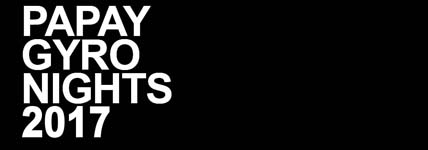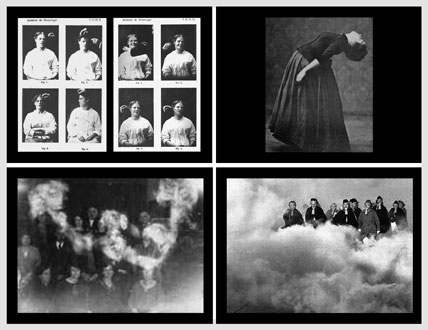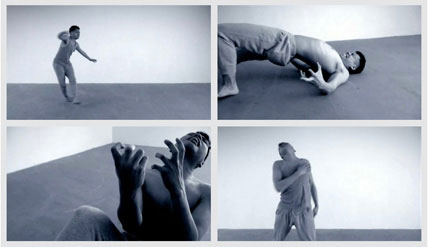 |
| ANGELA SU |
 |
 |
| In white clothes, we actually see God with the toilet! " This work is created in the style of medical videos in which symptoms of patients are documented along with the narration of a doctor. Here, the austere doctor's narration is juxtaposed with the patient's absurd but poetic schizo speech. This video centers around Cerebro-Pneumogastric Nerve Disorder (CPND), an imaginary mental disorder fashioned after socially constructed diseases such as hysteria and schizophrenia. The name of the causative agent, Claviceps vampyrellidae, is derived from Clavicep, a genus of fungi that might have been the source of accusations of bewitchment that spurred the Salem witch trials. The video aims to reflect the absurdity and the underlying power dynamics in social hierarchy behind socially constructed diseases. It ends with the patient having a severe fit and in the final moment he composes himself, approaches and turns off the camera. The ending questions whether the patient was coerced into performing, or if he was really the doctor's accomplice. Born in Hong Kong, Angela Su received a degree in biochemistry in Toronto, Canada, and later graduated from the Department of Fine Arts, Ontario College of Art, Canada. Su’s diverse practice often merges science and visual art. Fascinated by illustrations of old medical books, Su’s works investigate the perception and imagery of the body through metamorphosis, hybridity and transformation. Through her performance-based works, Su examines the body under pressure, and the tension of the artist’s dualistic state of being when under physical endangerment or distress. Su has participated in international exhibitions such as 17th Sydney Biennale, The 2nd CAFAM Biennale, The 2nd Shenzhen Biennale of Architecture and Urbanism, Artists’ Film International 2014/2015 (Whitechapel Gallery, Istanbul Modern, Galleria d’Arte Moderna e Contemporanea di Bergamo, and The Cultural Centre of Belgrade). Su’s works have been exhibited in Hong Kong galleries, including Blindspot Gallery, Gallery Exit and Para Site Art Space; and overseas galleries, including Saatchi Gallery (UK), Rossi and Rossi Gallery (UK) and Siverlens Gallery (The Philippines). |
| angela-su.blogspot.hk |
 |
|
| 2017 | |
| INTRODUCTION | |
| PARTICIPANTS | |
| PROGRAMME | |
| SNÆ#6 | |
| VENUES | |
| CONTACT | |